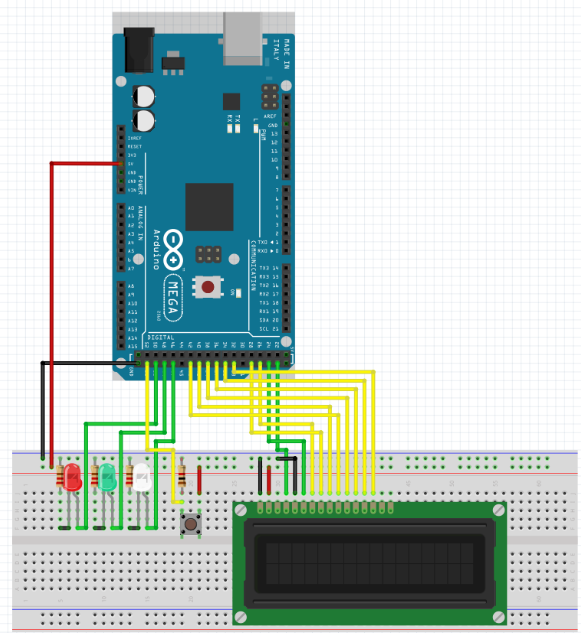Challenge #9 - Independent project Planning
- Elvin Shoolbraid
- Jun 1, 2022
- 2 min read
Updated: Jun 2, 2022
Description:
After considering the time constraint of this project, and varyingly useless ideas, I've landed on one that I feel is challenging enough to fill the last few weeks of class, and useful enough that I might want to actually use it. This project is a sunrise simulator. Essentially, a bright, RGB capable light that simulates the brightness and colourshift of an actual sunrise. The point of this project is to be able to control when the sun rises, to make it easier to get up early. This is because our bodies can sense light when we're sleeping, and makes it easier to wake up. This use case requires the ability for input, because the sunrise time should be controllable.
Timeline:
The timeline for this project is from now until June 15. That means 7 days of class, or about 9 hours of work time. My basic process will be 1: drawing the schematic, writing the code and testing the circuit, 2: 3d modelling the design around the circuit, 3: printing the model, 4: mounting the electronics, 5: testing and debugging code and wiring, and 6: documenting the finished design and seeing if it works properly.
Components:
The components required for the design are a bunch of RGB LEDs, which will be mounted in a grid and behind a diffusion layer, a rotary encoder for setting the sunrise time, an LCD display for showing the sunrise time and idling by showing the current time, an Arduino, and a 3d-printed enclosure.
Expected Challenges:
As with all the other projects so far involving physical assemblies, wiring and mounting all the components in a robust fashion may be a challenge. To mitigate this, I will design the enclosure and mounting methods to optimize for durability and simplicity. Other than that, I expect a list of small issues and challenges, rather than any real big ones. We'll see, though.



Comments